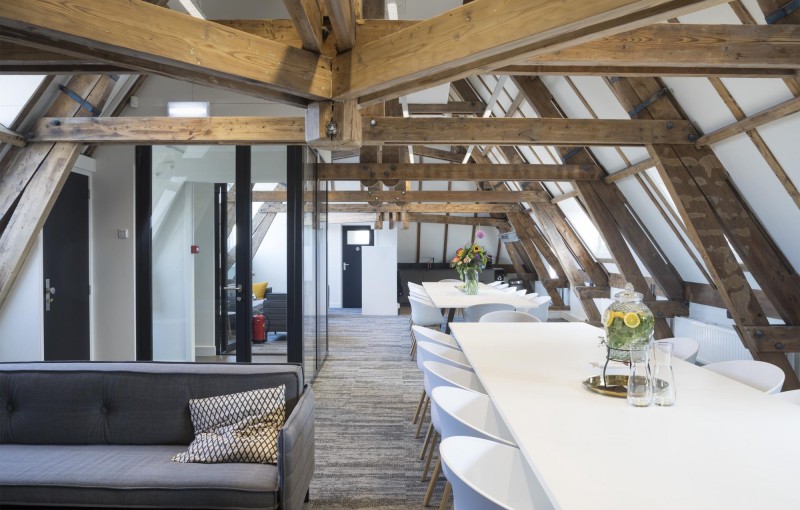
How does stress arise in the workplace and how do you prevent it?

From 13 November to 16 November, it is the Week of Work Stress. During this week, the aim is for employees and employers to become aware of the negative consequences of stress in the workplace.
Research shows that 1 in 8 employees in the Netherlands suffers from work-related stress (Stress Centre, 2017). One-third of this group of people often report being sick due to mental illness. 12% of all employees in the Netherlands even suffer from burnout (or are hovering towards it). Chances are that you too know someone who suffers from work-related stress or even sits at home because of the consequences. Maybe it is you yourself.
What is stress exactly?
Stress is a form of tension that can be divided into positive and negative stress. We all need a little tension and stress to perform. Tension to deliver a presentation or meet a deadline. This tension, which is positively rewarded with attention, money or publicity, is positive stress. It provides motivation and competition. The will to continue. If the tension, for example after meeting a deadline, does not disappear, it turns into negative stress. It means that the body has been too long and too deep in tension so that it can no longer relax.

The cause of stress in the workplace
How exactly is stress at work caused? The more physically and mentally demanding the work is, the greater the chance of stress. The heaviness of the work is determined by the combination of these four elements: work content, working conditions, employment relationship, and conditions of employment.
The content of work means the way of working and the tasks involved. Imagine: you are being pulled from all sides because everyone has a job for you. Or you have to perform the same secure task as quickly as possible for hours on end. These are two things that can increase your stress level.
Working conditions include the situation in which the work has to be done. Do you work in inhuman temperatures, such as in a freezer or in a much too hot office without windows? Or is there a lot of chatter in the background so you can't concentrate? Not good conditions for a healthy working atmosphere. The comfort level of your chair and table also plays a major role here.
Working conditions consist of the atmosphere between you and your colleagues and the influence that colleagues have on each other. A competitive atmosphere is fun and motivating, but a competitive atmosphere where 'elbow-work' is used is anything but. There is nothing more annoying than colleagues who try to rise through the ranks by belittling others.
Working conditions are about how an employee is rewarded, how much they earn, what their future prospects are, and how long they have to work. If employees feel that they are paid at the right level and have enough opportunities for future development, this will prevent some of the stress at work. Working too long (more than 8 hours a day) is actually bad for your stress level.
Consequences of stress at work
What happens when an employee experiences stress in the workplace? Firstly, the stress in the workplace worsens the atmosphere between colleagues and ultimately the productivity of a team. In addition, employees call in sick because they do not feel well, both physically and mentally: these are called psychosomatic complaints. Mental complaints are transformed into inexplicable physical complaints. The result: people get burnout. It can even happen that people become depressed, which reduces their zest for life. As an employer, this is something you do not want to be responsible for.
How do you prevent stress in the workplace?
Stress is very easy to prevent. As said, content, circumstances, relationships, and conditions are important. Here is a list of tips on how to prevent stress in the workplace:
- Work content: Make sure employees have challenging work and are comfortable. Also, don't give employees too many responsibilities and tasks at the same time;
- Working conditions: Fill the work floor with plants or change workplaces every so often;
- Working relationships: Organise frequent team outings. Go out for dinner or drinks together or do a day of team building. Give your colleagues plenty of compliments and criticise constructively. For example, using the so-called 'hamburger model' (something good, something constructive). Keep the atmosphere positive.
- Working conditions: encourage employees to work no longer than eight hours or interrupt their work by playing table tennis.
It is not difficult to keep your employees healthy. With these tips and the awareness that stress must be prevented, everyone can do it.


